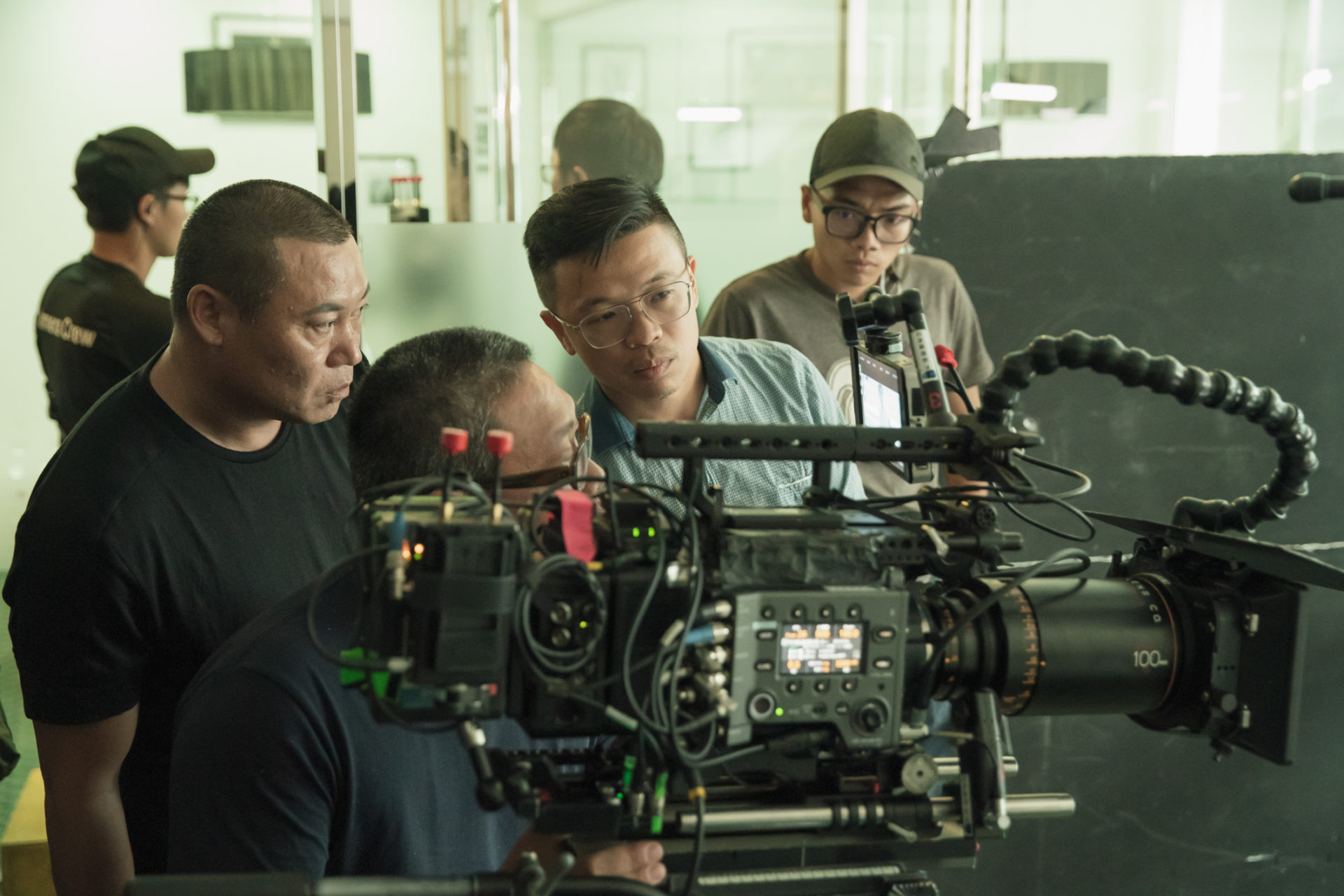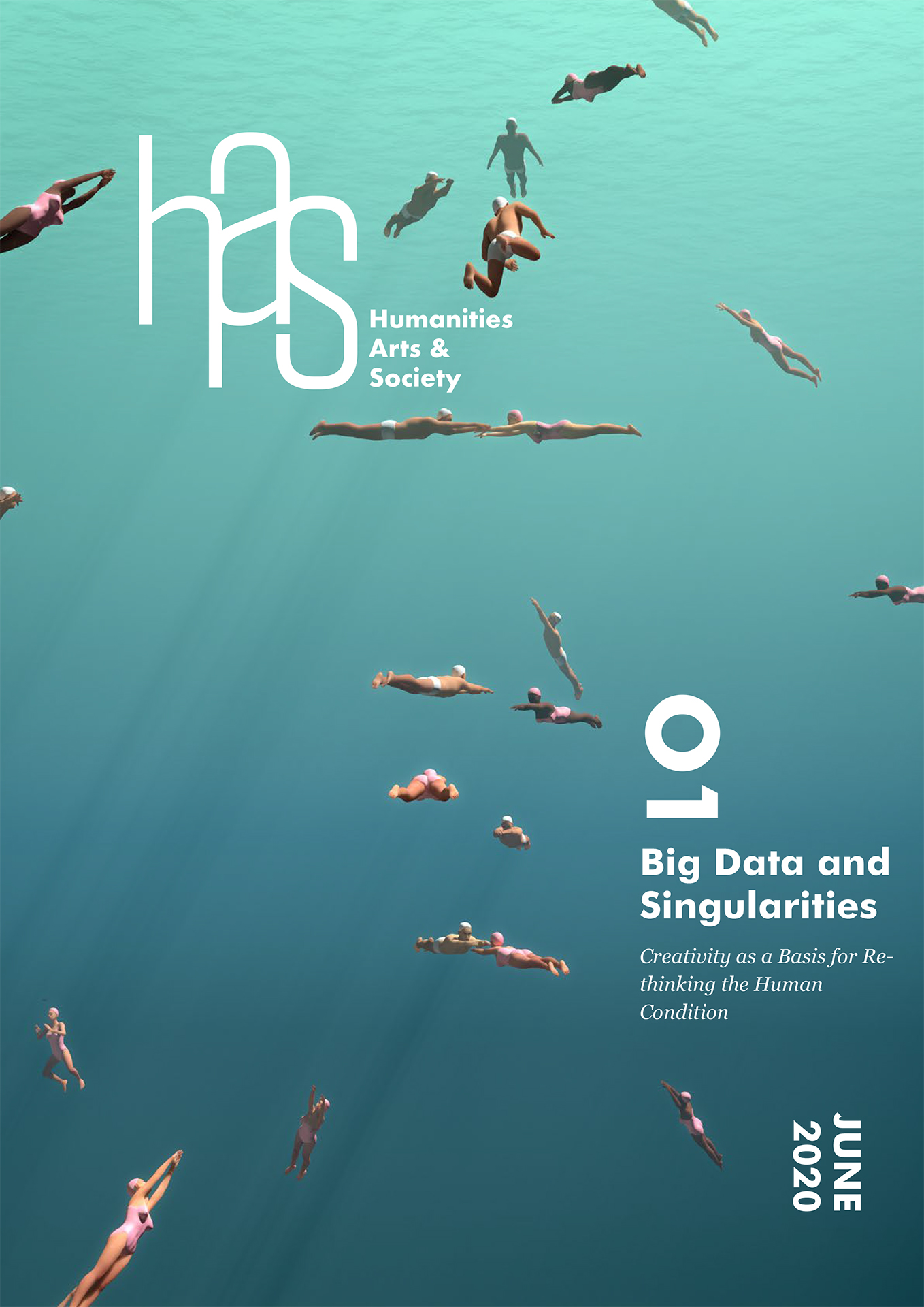
As a consequence of major commercial development in the Chinese film market, movie theatres have multiplied in recent years. Initially, the use of Big Data made it possible to capture and analyse consumption habits and audience preferences, and these insights found direct application in the advertising of films. The types of movies preferred by the audience were used to improve the communication strategy towards customers. In this way, the promotion that followed the production of the film was more relevant.
However, due to increasingly enormous production costs, investors wanted to improve the return on their investment in the films they produced. The story developed in a film, its script, and the director’s choices gradually began to be dominated by “keywords” taken from Big Data. The idea behind this is that relying on popular keywords will satisfy a wider audience and result in better performance at the box office.
This gives rise to numerous questions: Does Big Data allow filmmakers to make better decisions about the direction of a film, or is it a barrier to their creativity? Are the algorithms derived from Big Data— more particularly, those derived from Artificial Intelligence—allies of the film industry or a form of technology that harms its development? Working in the film industry in China and knowing well the marketing in this field, my practical experience of the subject has informed the following thoughts.
Films are Becoming More and More Similar
As Big Data and its algorithms have become unavoidable, creators and directors have been increasingly obliged to pay attention to them. The environment of film creators is a complex universe, in which directors have to face many difficulties inherent in their artistic practice. In about two hours, a film deploys for the spectators an original world, regardless of its degree of imagination or realism. By nature, each film is a piece of artistic expression, and in this sense, any intervention of Big Data, however small it may be, constitutes a form of corruption. If the data at stake originally belonged to marketing tools, marketing now presides over the design of the film from its earliest stages. The result is films that are very successful at the box office, but more and more similar because they are developed using the same keywords. For filmmakers, this is a setback.

The film See You Tomorrow (2016) by the famous Hong Kong director Wang Jiawei (Wong Kar-wai) was funded by Alibaba Pictures and created using the keyword concept. Alibaba not only used Big Data for marketing, but also for the creation of the script, written from an analysis of public viewing habits. This whole process may seem scientific, but the film comes down to a coarse amalgam of popular symbols borrowed from the 1980s and 1990s. It can be described as a long accumulation of clips assembled to please the public.
Older productions of Wong Kar-wai’s like Happy Together (1998) and In The Mood For Love (2001) have not only become classics of Chinese cinema, but major works of the world cinematographic heritage. What would have happened if the production of Happy Together and In The Mood For Love had followed the dictates of Big Data? Chinese cinema might have had two commercial successes, but two masterpieces of cinema would have been lost.
Loss of Meaning and the End of the Unexpected
One could even say that if Big Data were always used during the creation of films, we would not have had directors like Hou Xiaoxian, Michelangelo Antonioni, and Pedro Almodovar, whose achievements are marked by singularity. The use of Big Data could never have resulted in the production of Wong Kar-wai’s Chungking Express (1994). Filmed spontaneously in a few weeks using a simple camera, and presented as a documentary, this brilliant work opens the doors of a magical world to its spectators. Big Data transforms the cinematographic art of the director into a simple mercantile activity.
The analysis of paintings using Big Data has also developed widely. In the project The Next Rembrandt (2016), Rembrandt’s pictorial works were screened with Artificial Intelligence, which then produced works in the manner of the painter. Similarly, could a new film be created based on the analysis of the work of a director like Cai Mingliang? Could his style, characterized by long shots and emotional disengagement, be summed up in simple figures? This does not constitute a movie!
A film is a work involving many decisions by the director, the screenwriter, and the director of photography, among others. While many films are prepared with great rigour, many directors also improvise by integrating random or natural elements. By contrast, Artificial Intelligence and algorithms lead to products that necessarily lack spontaneity.
This is why Facebook and Internet-specific technologies use Big Data—it allows them to analyze the behaviour of the masses in real time. The sociologist Max Horkheimer of the Frankfurt School said that popular culture, later called the cultural industry, does not present itself as a popular culture of the masses, but in reality constitutes a form of domination of these masses by the leaders of commercial companies. Popular culture celebrates homogeneity, not specificity. It therefore does not really belong to the masses, but only to a superficial community.

Today, the use of Big Data is no longer just intended to control box office earnings—it invades the entire creation process. However, artists cannot rely on computer analysis to succeed in their creative fields. Art requires a share of unforeseen events, and artists must remain pioneers. Since the birth of cinema, this creative field has escaped all control, and many have, for more than 100 years, devoted all their efforts to unraveling this mystery. But from the first silent films to the productions of the Golden Age of cinema, the cinematographic works which have succeeded in reaching the public are those which explore the unknown.
Che Hsien SU is a film director. Graduate of the Applied Media Arts School, National Taiwan University of Arts. His first film Hip Hop Storm was awarded as Best Documentary at the Taipei Golden Horse Award in 2010, making him the youngest recipient of the award. In 2019, he worked on Summer, a mainland Taiwan-China co-production feature film and for the first time created a short feature film, Nine Shots.
Che Hsien SU is a film director. Graduate of the Applied Media Arts School, National Taiwan University of Arts. His first film Hip Hop Storm was awarded as Best Documentary at the Taipei Golden Horse Award in 2010, making him the youngest recipient of the award. In 2019, he worked on Summer, a mainland Taiwan-China co-production feature film and for the first time created a short feature film, Nine Shots.
